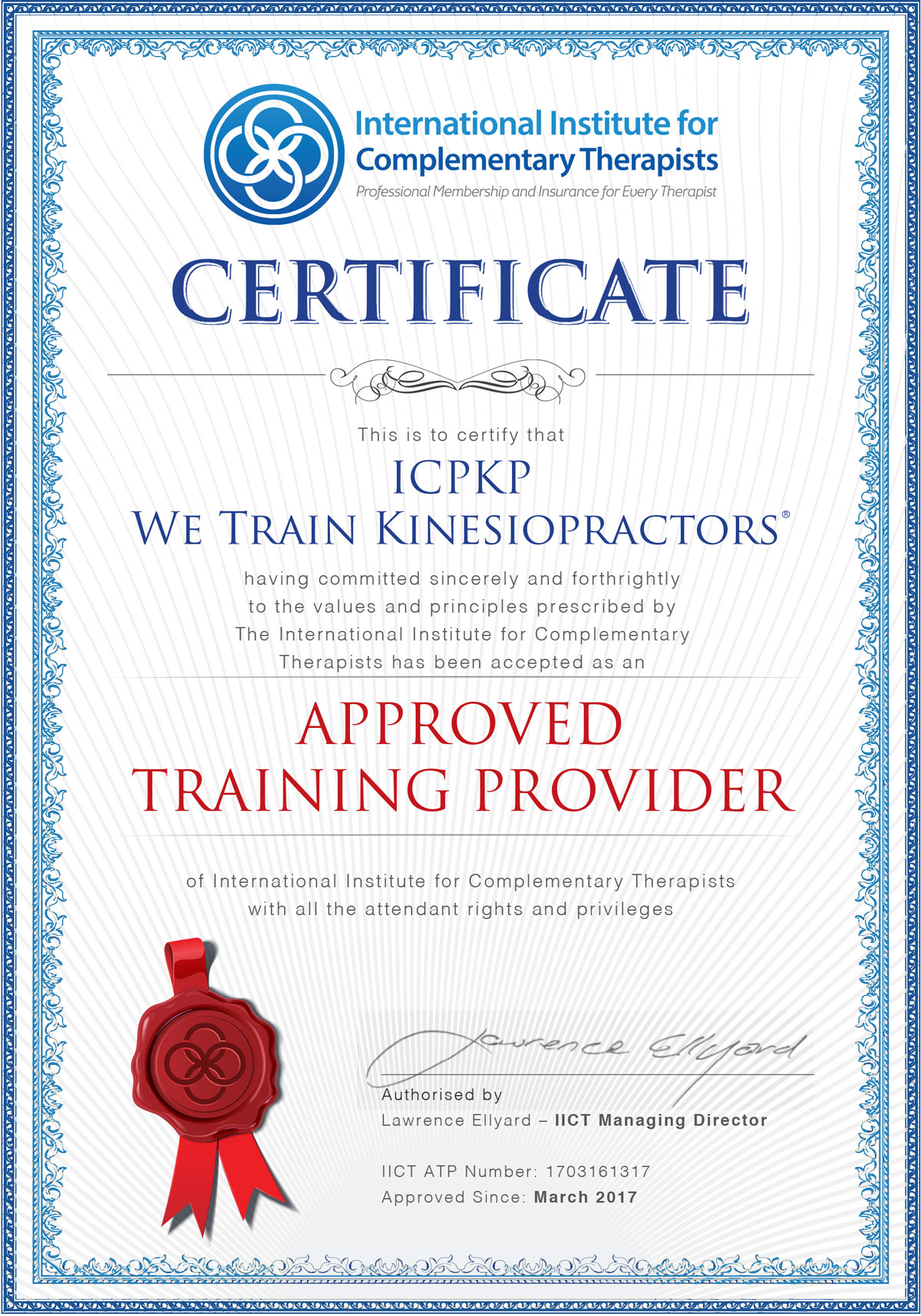PDG301-en
Pelvic Postures and Sacral Balancing
The first of two units using unique PKP techniques to correct energy imbalance in the pelvic girdle and diaphragm which are areas with the potential to cause pain and distress.
In this unit you will explore the physical and metaphysical aspects of postural problems related to the lumbar spine and pelvis including torque, jam and tilt. You will work with sacral respiratory movement in relation to injury or cranial corrections and sacro-occipital faults. Additionally you will consider the aerobic and anaerobic functions of the intervertebral discs and be able to test for and correct energy imbalances related to their nutritional needs and structural function
Having completed this unit you will be able to safely release a twisted, jammed sacro-iliac joint with accompanying leg length difference and possible cervical involvement, effectively utilise disc palpation, correct pubic torque and sacral/ coccyx (tail bone) compression. You will also be able to work with problems associated with dural torque and correct energy imbalances in pelvic and shoulder gaits.
Elements of Learning:
- Muscles: quadratus lumborum, anterior neck flexors
These muscles from MST 301 are included for your convenience only - pelvic posture #1 St # 2a
- pelvic posture #2 St # 2a
- pelvic posture #3 St # 2a
- intervertebral disc function St # 2a
range: aerobic / anaerobic - dural torque St # 2b
- pelvic and shoulder gaits El #2a
- sacral respiratory technique St # 11a
- sacral wobble technique St # 11b
- universal sacral fault technique St # 11c
- utilise all techniques learned to date within the PKP Balancing Protocol

